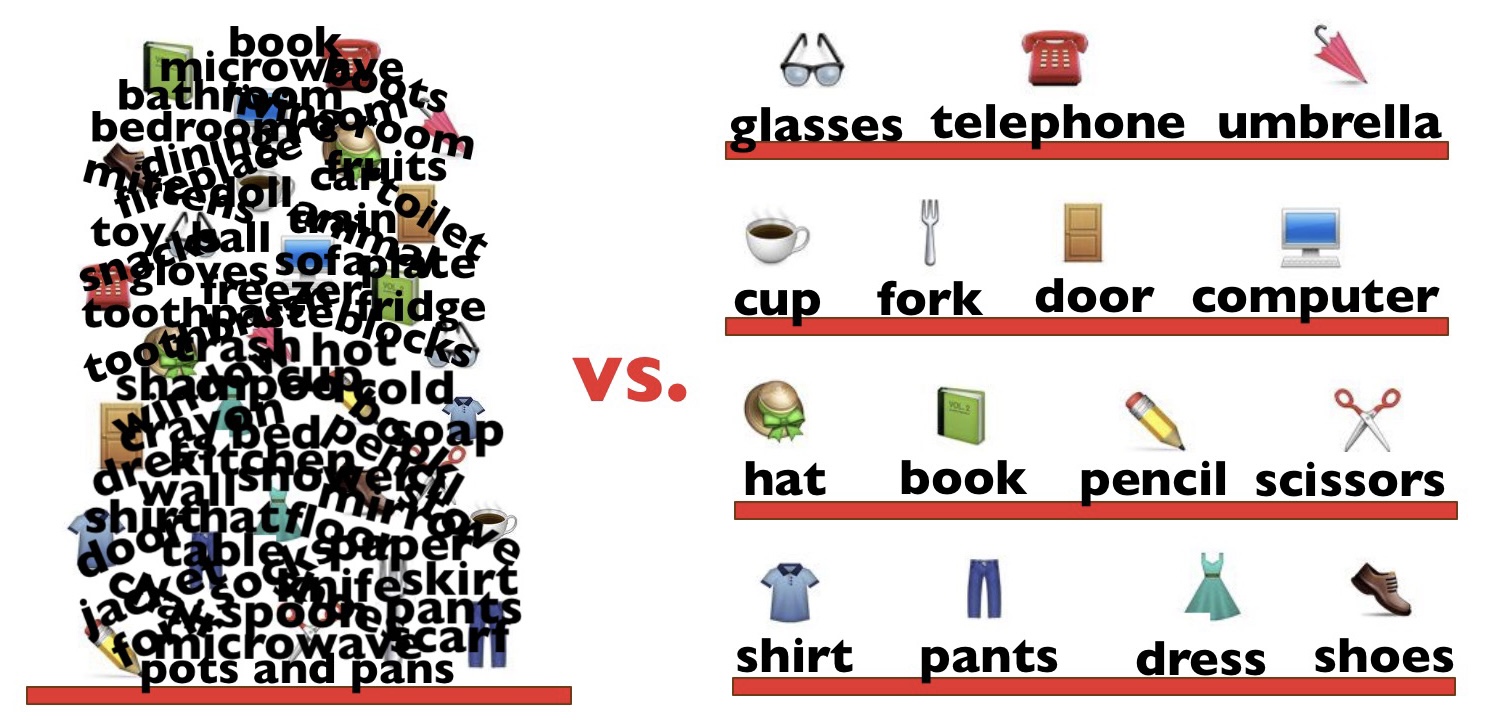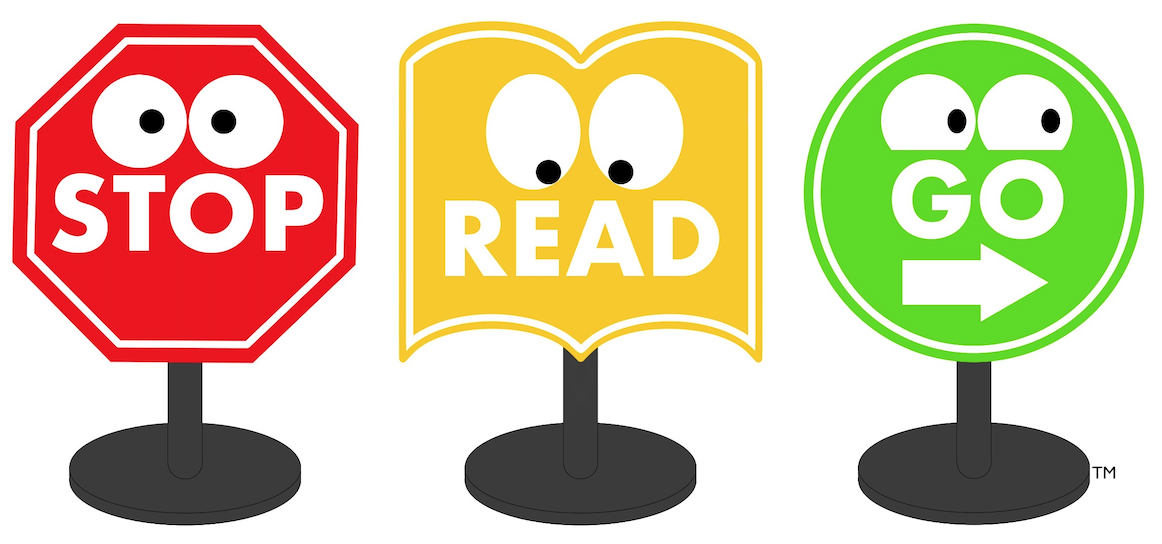Here are the reasons why you should teach your preschooler to read and how you can easily do it with the READ-AS-YOU-GO method:
You have probably heard about the CLEAN-AS-YOU-GO method, where the idea is to clean a little bit at a time throughout the day or throughout the week, instead of waiting until the house gets really messy to clean it or organize it, maybe at the end of the week or at the end of the month. If you are home most of the time and have children, you can probably relate (mountains of dishes, toys, laundry, etc).
This method doesn’t just apply to house cleaning though. You can also see this problem with the many files in your computer, the many pictures in your phone, or the many emails in your mailbox. They can all get out of hand pretty quickly, if you don’t have a daily routine or get in the habit of cleaning them up or organizing them on a daily basis.
Once the mess has already piled up high, it can be extremely overwhelming to even look at it and it can become a huge task to take on. You might end up avoiding it altogether. And the longer you wait to tackle that big pile, the bigger it gets! So, cleaning-as-you-go makes the task more manageable.
Now that you have a better understanding of the CLEAN-AS-YOU-GO method, let me explain what the READ-AS-YOU-GO method is.
You are probably wondering what Cleaning has to do with Reading. Let me explain:
And don’t worry, I’m not asking you to clean your house or make your kids clean after themselves, which is easier said than done. I’m simply comparing it to Reading, which requires much less effort and can be done simultaneously as you and your child perform other tasks: You can read while eating, read while walking, read while playing, read while cooking, read while cleaning, read while waiting, etc.
And unlike cleaning, reading cannot be undone. For example, while cleaning, you may pick up a pile of blocks, but then your kid comes right behind you and throws them all over the floor again. But reading is different: once a word is read, it cannot be un-read.
Now let’s take a look at how words pile up or accumulate over the years.
Children usually start the process of learning to read at the age of 5 in kindergarten (which is where they start learning 1 letter at a time or their ABCs). By then, they already know how to speak and have likely accumulated a vast amount of spoken vocabulary which they use every day in conversation. However, even though they can say many words aloud at that age, they are unable to read or recognize those words in their written form.
So, by the time they are 5, they already have a big pile of words (over 2000 words on average) that they need to tackle, aka learn to read. And that pile only grows bigger and bigger as they age. What’s worse, is that by then, they are not they only ones adding to the pile. Teachers, family and society as a whole adds to the pile, and they put pressure on the children to clean up the pile by a certain dateline. This can become so overwhelming to the children, that they might end up avoiding it altogether or looking at it as a huge task to tackle, which they’ll hate, or they might always be in that catch-up mode.

So, instead of allowing the pile to grow and accumulate and have the child deal with it starting at age 5 or later… Why not have the child learn to clean, I mean, to READ as they go before they turn 5, before the pile gets that big?
The READ-AS-YOU-GO method is all about exposing your child to the written language at the same time you expose him to the spoken language. And you can even start this process with children as young as babies or toddlers. This method requires YOU to read words aloud to your child every time you see a word around you. And if there are no written words are around you, then you should find a way to add them (keep reading for details).
What do I mean by “words around you”?
A typical example is a STOP sign at every intersection. Every time you go for a walk or a drive with your child, point to the sign and read it aloud. These types of words are usually referred to as Environmental Print. These are typically the words that children learn to read first because of the constant exposure to them. But what if you could expose your child to the words of things he sees or uses every day in a similar manner? A door, a bed, a chair, etc. Then your child would not only hear what the word sounds like, but also see what the word looks like, at the same time.
So, don’t let these words accumulate in a big pile. Help your child pick up these words as they go, as they grow. Don’t wait until your child starts school to tackle this pile.
This is actually the same way children learn to speak, naturally. By having the people around them speak to them on a daily basis, while demonstrating the meaning of the words as they speak them, and by hearing these words constantly and repeatedly. If they can learn to speak by simply having someone speak to them, they can also learn to read by having someone read to them.
Something to keep in mind, though: Children don’t learn to speak in a day. It takes months or years of exposure to the spoken language before they are able to speak for themselves. Just like you can’t tell a little child to clean up and it will magically happen. Similarly, you can’t tell them to read a word and they will magically read it. No, you first have to demonstrate how it is done, and you have to do it consistently and on a daily basis. Yeah, it might take months, or even years until they do it themselves, but it doesn’t mean they are not learning from it or absorbing it. You’ll be surprised once they start reading those words back to you!
This is how you can easily implement the READ-AS-YOU-GO method:
- Label everything in the house, EVERYTHING, even the toilet! (Shop these labels).
- Don’t wait until your child goes to school to expose them to the written world. It’s never too early (there’s a label for crib and diapers in my SHOP).
- Incorporate reading into everything you do (cleaning, eating, cooking, playing, bathing, brushing, etc).
- Every time you walk by or use the labeled item, read it aloud to them, while pointing to the word.
- Read environmental words, such as street signs, and explain their meaning.
- You have to read to them, EVERY DAY. It needs to become a daily routine.
- Don’t just leave reading for bed-time. Do it throughout the day.
- Don’t just read books, read everything around you (instruction manuals, warning labels, packaging details, street signs, menus, magazines, etc).
- Always POINT to each word as you read it aloud.
- Lastly, you have to set an example. They have to see YOU reading.
If you follow these suggestions, your child will be able to pick up so many written words by the time they turn 5 that they won’t have to deal with that huge pile, which only gets bigger and bigger as they grow, unless they can keep up with it.
If you would like to see my preschooler reading, check out this post: How my 2-year-old learned to read.
